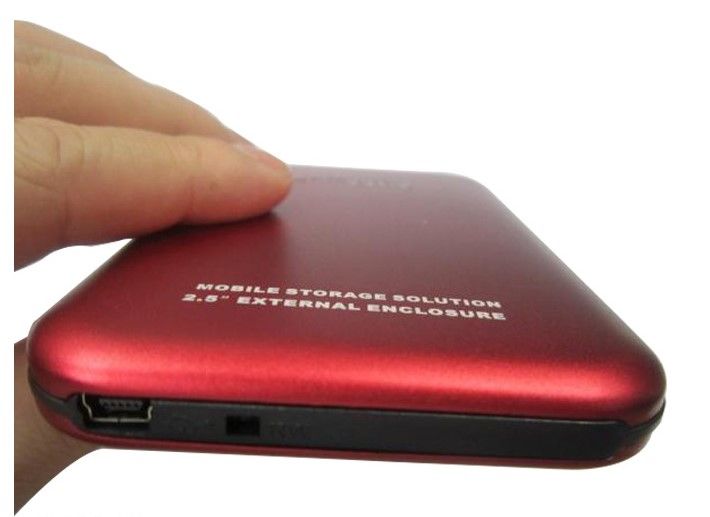

If it is kernel 5.4 or higher, you should be fine (mostly). Check which Linux kernel version you are running. ext4tc is a file system plug-in for total commander. It can also be used to view and copy disk and file. It can be used to view and copy files and folders. Starting Linux kernel 5.4, exFAT filesystem support is enabled in the Linux kernel itself. Ext2Read is an explorer like utility to explore ext2/ext3/ext4 files. Format disk as exFAT using command line.Format disk as exFAT using graphical tool.And in this tutorial, I’ll show you how to format a USB disk in exFAT filesystem. To overcome the limitations of FAT filesystem, Microsoft came up with exFAT filesystem. You cannot use NTFS and FAT filesystem has that 4 GB size restrictions. This creates a problem in situation like when you are creating a bootable USB of Windows in Linux. This means even if your USB disk has 32 GB of free space, if you try to transfer a ISO image or some other file greater than 4 GB in size, the transfer will fail. Step 3: When the Format Partition (Volume) dialog box appears, you need to EXT4 from given file system list. 6 Online Activation If you haven’t activated the product during the installation, you can purchase and unlock it for unlimited use at any moment through the program interface. I see a format button in the main extfs window, but it does nothing. It doesnt have the 4GB file size limit and its compatible with most Windows and Mac operating systems. I've got the 10 day eval copy of extfs Windows, but there doesn't seem to be any way to format a blank drive, or an NTFS drive I'd like to reformat as ext2. exFAT is the ideal file system for USB flash drives. Step 2: Right-click the partition and choose ' Format Current Partition ' item from context menu. Once done, all found extFS volumes will be automatically mounted (assigned drive letters). I have a brand new blank drive, and I'd like to format it to ext2. The one major problem with FAT filesystem is that you cannot transfer a file larger than 4 GB. Then launch the software and locate the partition you want to format to EXT4. It is compatible with pretty much all the major operating systems. In the Spotlight Search or in the Finder type in Disk Utility (for. Both GUI and command line methods have been discussed.įor a long time FAT has been the default choice of filesystem for formatting disks. The following instructions are for formatting new external hard drives or thumb. Right-click and go to the “Format” option.Brief: This tutorial teaches you how to format a USB disk in exFAT format on Linux systems.

The default values are used by Windows when one of the following. If you want to format to Ext3 in Windows 10/8/7, you can choose Ext3 instead. Choose Ext4 in the File System list and click OK. Step 1 Go to Windows Explorer and simply select the drive you wish to wipe. A hard disk partition (also known as a volume) can be formatted to NTFS, FAT, or exFAT. Right-click a partition of the disk you want to format and select Format Partition. You may fix faulty sectors on a hard disk by formatting it using these techniques.

:max_bytes(150000):strip_icc()/4LW4050413-3-5bae687d4cedfd0026b277a6.jpg)
You can thus recover a previously inaccessible or corrupted hard drive sector. The Windows CHKDSK command can be used to permanently fix damaged sectors on a hard drive.Īfter you've repaired the disk using the Command Prompt, you may format it completely. Extended File Allocation Table (exFAT) is the best choice for transferring files larger than 4 GB between Windows systems, but it is not associated with file. The Quick format removes files from the partition but does not scan the disk for bad sectors, whereas the low-level format not only removes files, creates a new file system, and a partition table, but also scans for bad sectors and repairs or marks them as inaccessible so that Windows will not read or write those blocks. The following factors contribute to the formation of both physical and logical sectors: There are two sorts of bad sectors: physical, caused by physical damage that cannot be rectified, and software, caused by software mistakes that may be addressed. Both older HDDs and contemporary SSDs can have bad sectors. Requests to read or write will be ignored by the sector. A faulty sector on a hard drive is a little cluster of storage space in the hard disk that looks to be defective.


 0 kommentar(er)
0 kommentar(er)
